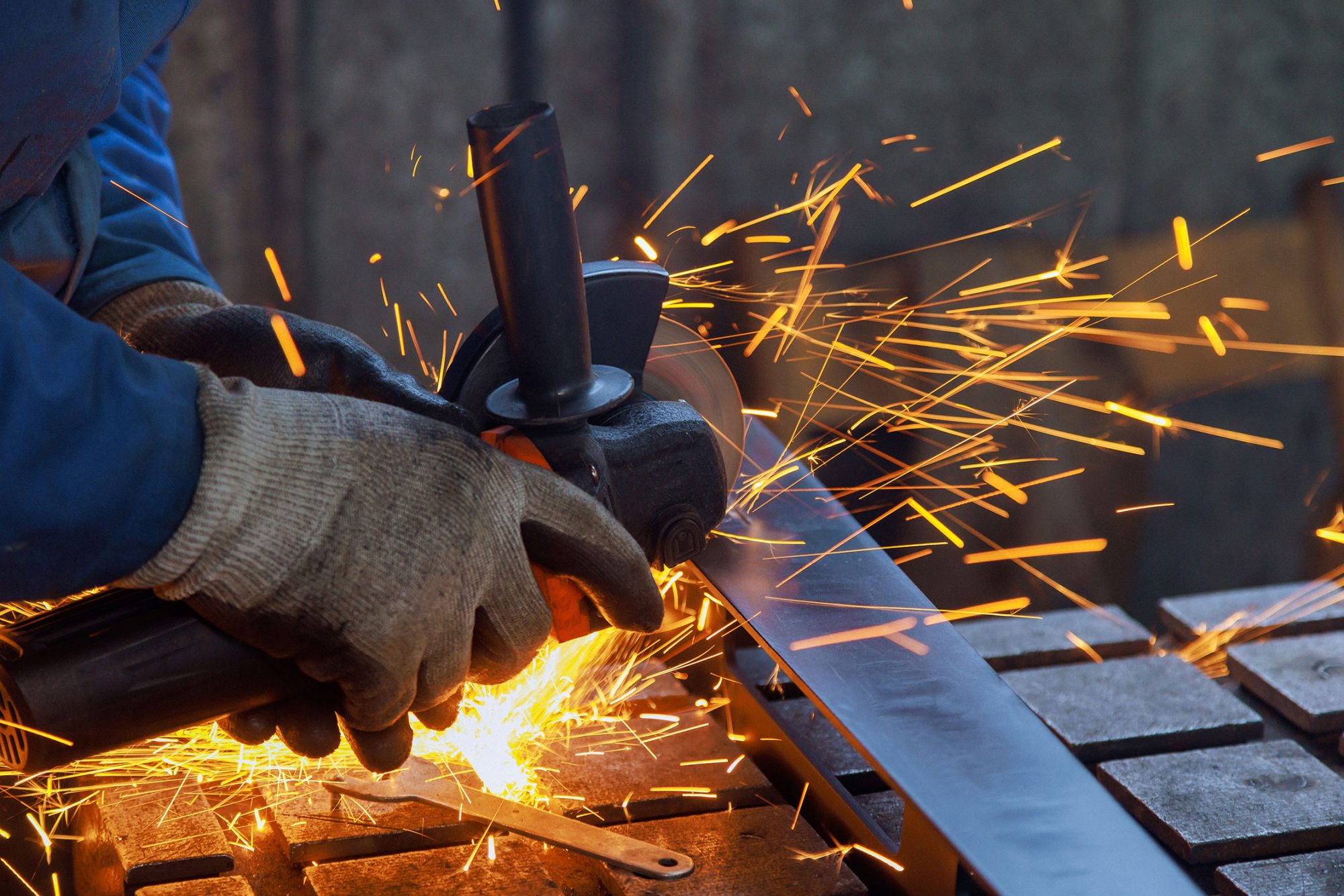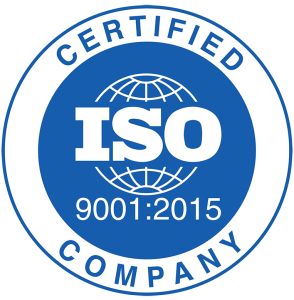Steel pipes have been manufactured since the 1800s, and the first automated process to manufacture them was devised in England in 1812. Since then, a variety of techniques have been used to make tubing from a range of different steels. ERW (electric resistance welding) is one of the oldest methods and continues to be popular today. The only older technique is lap welding but this is no longer used because the welds it produces are not reliable. An equation devised by ASME found that lap welded pipes only had a joint factor of 0.6 whereas seamless ones have 1.0.
ERW tubes are made by cold-forming a sheet of steel into a cylinder of the required diameter. A current is then passed through the material to heat it along the edges and cause them to bond. The process delivers stronger tubing and a better quality finish because no additional material is used in the weld. Originally low frequency current was used but producers changed to a higher one in the 1970s because it produced a better quality weld.
Electric flash welding was another pipe manufacturing technique. It was first used in 1927 as an alternative to ERW but many people criticised it because it left a visible bead on the pipe. The seams could also develop cracks, and hard spots in the plate steel were known to cause failures. The process is no longer used.
Double submerged arc welded (DSAW) pipes are made in a similar way to other types of tubing but the technique is known to produce very strong bonds. To achieve this the edges of the steel are adapted so there is a V shaped groove along the seam. This is then welded together by running an arc welder along both the inside and outside of the tube. The weld is submerged under flux once completed to protect it from atmospheric contamination. These types of tubes are still made but are more costly to manufacture than ERW.
A final type of tubing still made today is seamless. This has also been manufactured since the 1800s but it has always been less popular because of the higher manufacturing costs and limitations on the diameter and wall thickness of the tubes. The positive is that seamless tube is the strongest so it is best for structural applications.
ERW tubes remain popular because they are cheaper to make and are available in the widest range of specifications. The techniques to manufacture them have improved a great deal so that welds are stronger and more durable. The quality of steel has also helped to improve standards. If you choose electric resistance welded tube you should ensure you conduct regular integrity tests and monitor the stresses on the pipe. This will allow you to conduct repairs sooner when issues are easier to fix.


